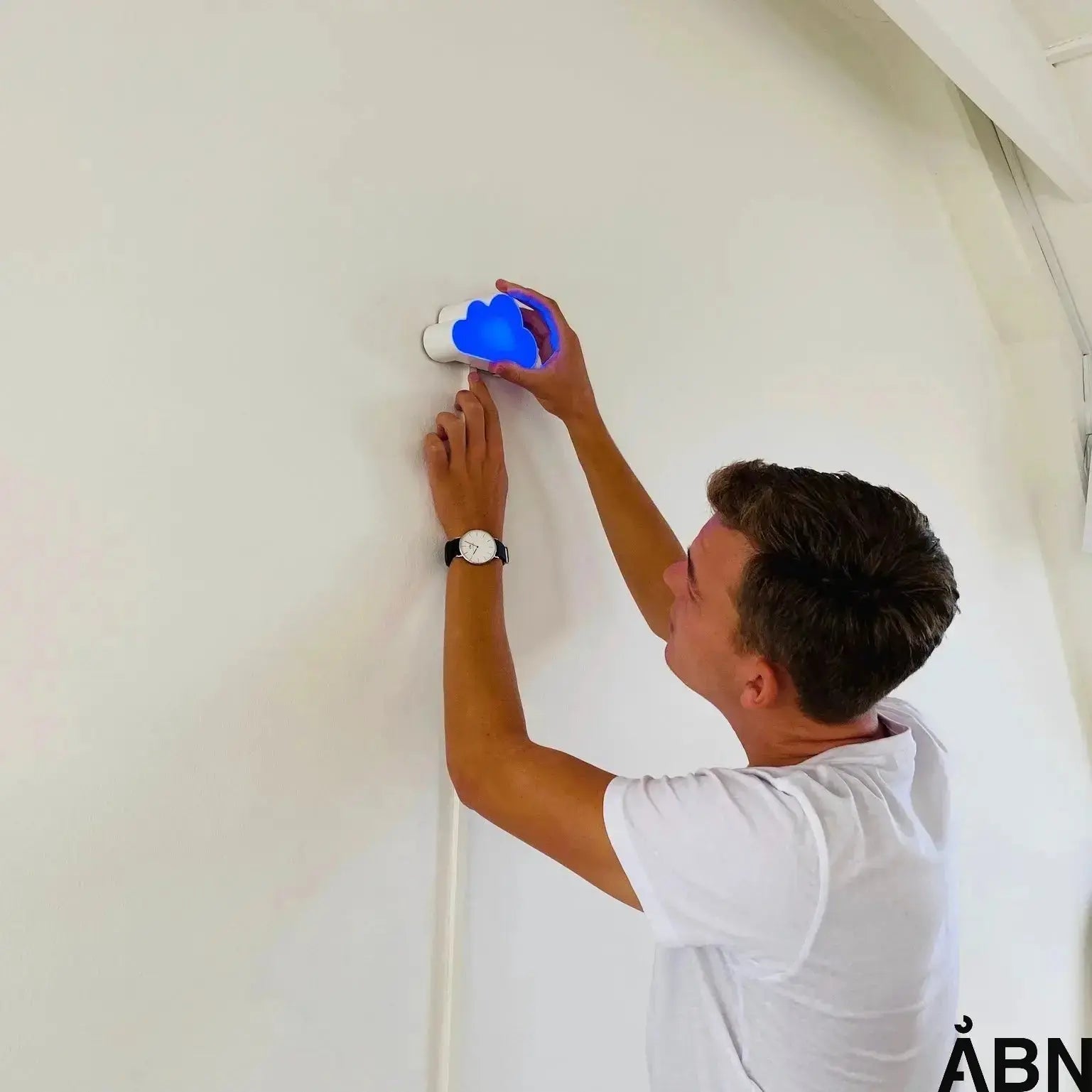Legislation and limit values for humidity
In our modern buildings, the indoor climate plays a crucial role in our health and well-being. One of the most important elements to be aware of is moisture. Moisture in buildings can have serious consequences, not only for the structure of the building, but also for the people who live there. Therefore, it is crucial to know the legislation and the limit values for moisture in Danish buildings.
According to the Building Regulations 2018, also known as BR18, there are specific rules and requirements for handling moisture and indoor climate in buildings. Section 374 of BR18 deals with this very subject and sets out guidelines for ensuring a healthy and comfortable indoor climate. It is important to comply with these rules to avoid moisture damage and ensure a good indoor climate for the residents.
A technical background report from SBI provides further insight into the issues surrounding moisture in buildings. The report highlights the causes of moisture problems, the consequences of these problems and potential solutions. It is a great resource for construction professionals who want to understand more about moisture-related challenges.
The Danish Technological Institute 's guidance on indoor climate impacts from building materials and structures provides practical advice on managing moisture in buildings. This guidance is particularly useful for facility managers and decision-makers who want to ensure a healthy and sustainable indoor climate in their buildings.
Molio , formerly known as bips, has prepared a guide on moisture collection and documentation in BR18. This guide is important for anyone working with construction engineering and wanting to ensure that they meet the legal requirements for moisture in buildings.
FAQ about humidity, limit values and legislation:
What are the typical causes of moisture problems in buildings?
According to SBI's report, moisture problems in buildings can be caused by leaks in the roof and facade, inadequate ventilation, leaky windows and lack of insulation.
What consequences can humidity have on the indoor climate?
Moisture can lead to mold, bad odors, allergic reactions and generally reduced well-being among the occupants of a building.
How can moisture problems in buildings be prevented?
It is important to ensure proper ventilation, tight construction, good insulation and regular maintenance to prevent moisture problems.
Contact ÅBN for advice and solutions
As experts in indoor climate and technology, we at ÅBN are ready to help ensure a healthy and comfortable indoor climate in your buildings. Contact us today for advice, data or solutions that can make a difference for you and your users. Together we can create a healthier and more sustainable future.









